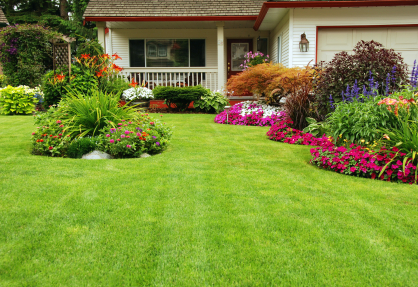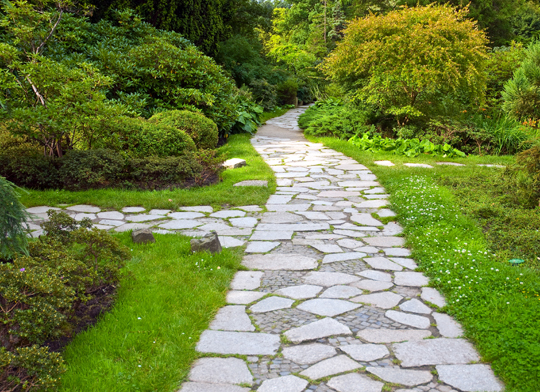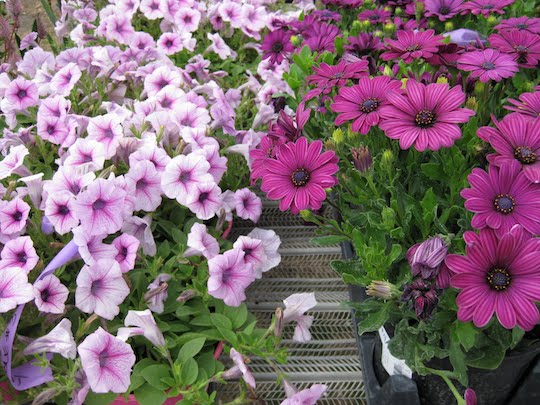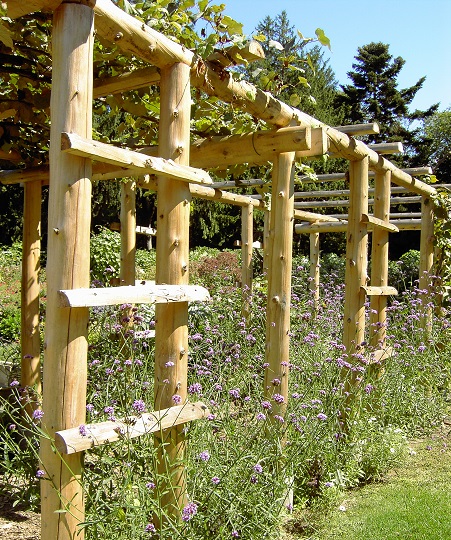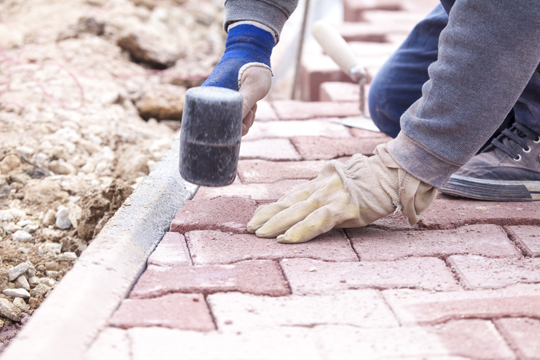Choosing a lawn care service for your lawn’s upkeep can be difficult. There are several lawn care companies possibly in your local area that offer different types of services. To help you choose which company to hire, it is best to decide first what specific services you need done on your landscape.
Also, be aware that lawn care companies may differ in the amount of work they offer. Some contractors may provide as-needed services while others may offer a fixed number of visitations for a particular service, such as pesticide application. Identify the level of service you need so you can choose the company that can best accommodate them.
Do keep in mind, however, that it’s only normal for service costs to increase if you require more work to be done. Typically, lawn care companies provide up to three types of service:
Partial Care
Some lawn care companies provide only partial care or only one type of service. For instance, contractors that do not have the license to apply pesticides will only perform lawn mowing or blowing and possible edging or fertilizer application, but will not offer any pest control services.
Complete Care
Lawn care companies that offer total lawn care services will, in addition to mowing, also take care of lawn irrigation and other necessary cultivation. If necessary, they can also diagnose if you have pest issues and carry out pesticide application.
You should expect these contractors to have well-trained workers who are knowledgeable with identifying pests and safe pest control practices.
Full Management
There are also lawn care companies that offer total management of lawns, which includes taking care of all plant materials in your yard. They offer turf grass mowing, garden edging, and scheduling of lawn irrigation, as well as performing any cultural practices for your lawn.
They are also very knowledgeable about pest control for grass, shrubbery, and even trees. Total management lawn care companies can also handle tree pruning and even implement soil testing and a fertility program for your entire garden.
Find the Best Local Lawn Care Companies
Whether you need simple lawn care or total management of your home’s landscape, TalkLocal can connect you with the right service professionals. Get your landscape job done as soon as possible by letting us match you with local qualified landscapers now. Use our free service today!

